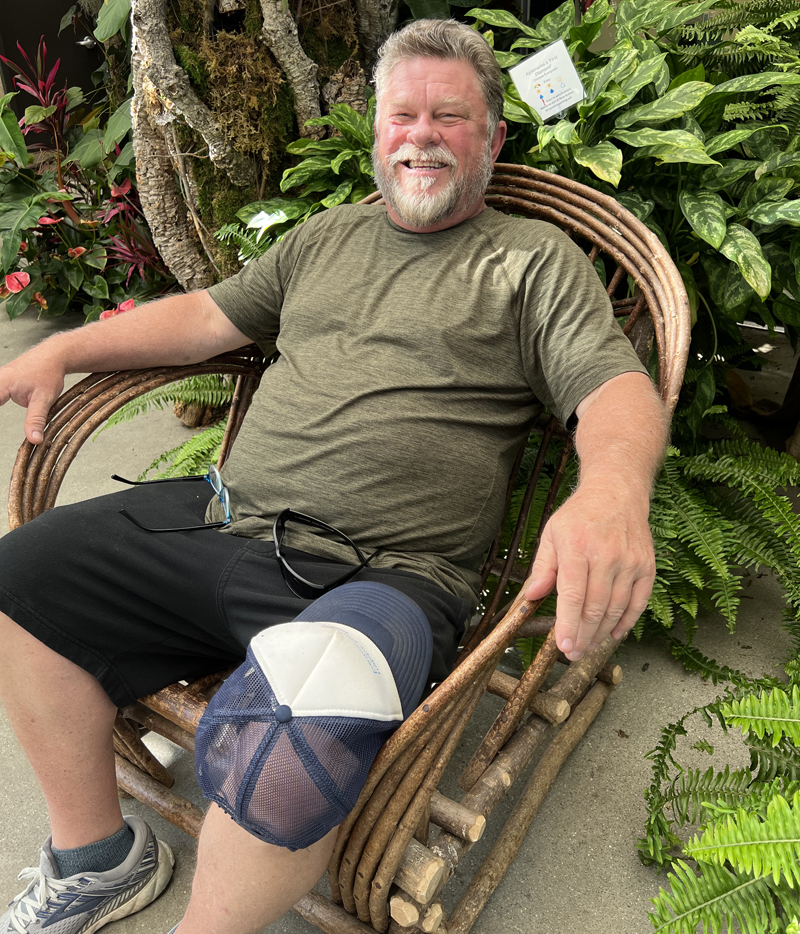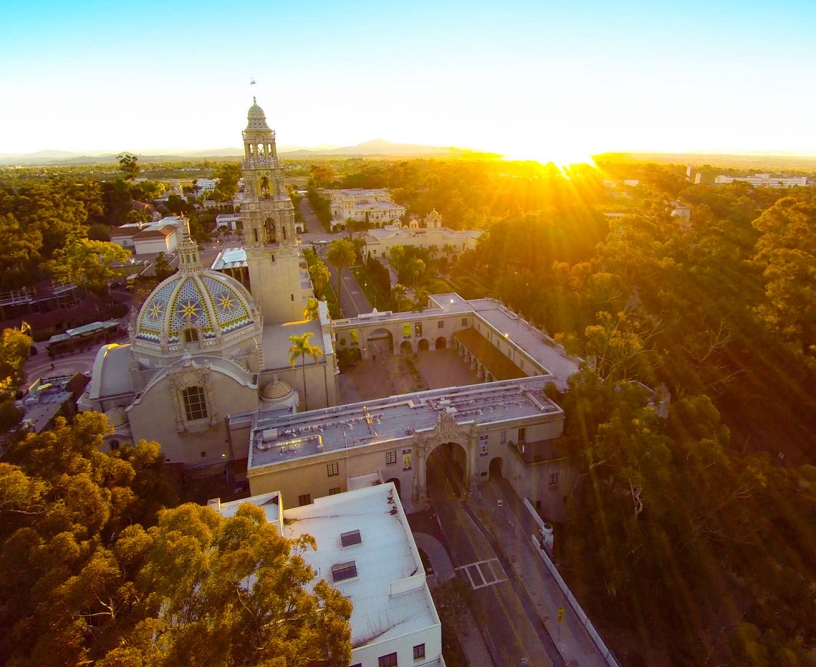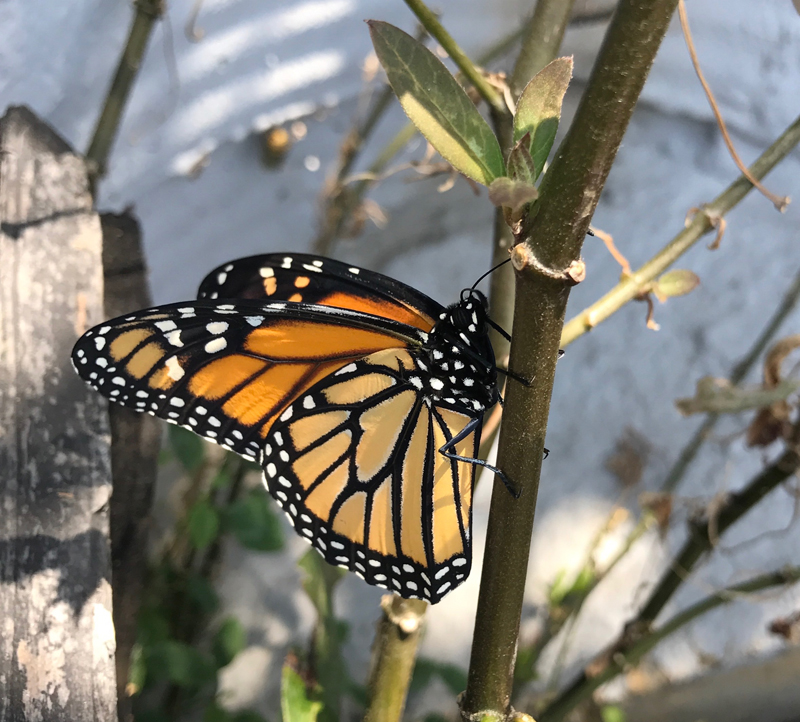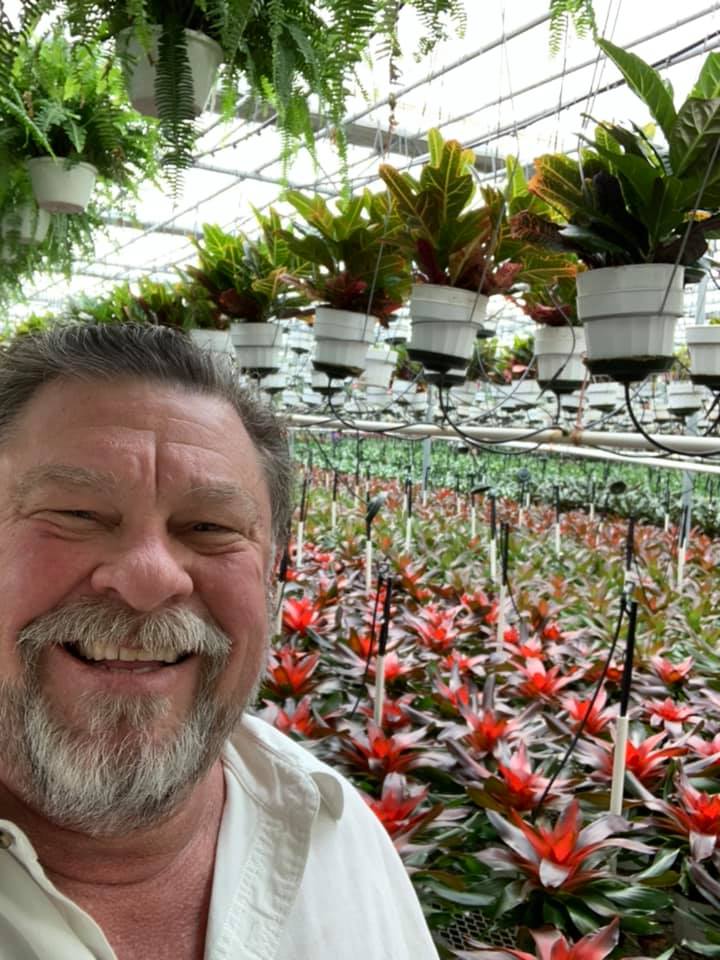Agriculture and Farming
The San Diego area is fortunate to have many public gardens to enjoy including the San Diego Botanic Garden (formerly the Quail Botanical Garden) in Encinitas. When I learned SDBG planned to stage its first-ever special showcase featuring houseplants called “World of Houseplants” I couldn’t wait to see it!
Life got in the way though, but I finally made it along with my mom, Sandy Fowler. The show is only open through Labor Day Monday. If you haven’t had the chance to see it, make time to go.
As we’ve written over the past few years, houseplants have exploded in popularity.… Read More
Keep Our Trees Green and Growing in Drought
Several years ago, I encouraged blog readers to plant trees for the well-being of our planet. If you followed my advice, you have some shade to sit in while enjoying your beverage of choice!
Now in the midst of the worst drought Southern California has experienced in our lifetime, the most important thing you can do now is to use the precious water available to keep our trees thriving.
Put trees first in line for water
Southern California officials are issuing new restrictions on outdoor water use amid the worsening drought. It’s fine for lawns to go brown – and it’s even better if we replace them.… Read More
Monarch Butterflies Making A Comeback
With so much troubling news about our environment lately, any good news is welcome, and I found some worth sharing with you. The Monarch butterfly is making a comeback!
Last month, the Xerces Society reported a surprising outcome from its 25th annual Western Monarch Thanksgiving Count. Volunteers observed 247,237 monarch butterflies observed across western overwintering sites: a more than 100-fold increase from last year.
Xerces Society biologists Isis Howard and Emma Pelton write, “This year’s total both amazed us with the monarchs’ ability to bounce up from a record low and underscores the importance of ongoing conservation efforts to recover the western monarch butterfly population.”… Read More
Planting Seeds During Black History Month
Mother Nature is diverse, inclusive, and accessible. It’s only when human beings get involved that we put up barriers due to systemic racism. It’s important to us at Good Earth Plant Company to use our platform to celebrate the contributions of Black Americans to horticulture and gardening during Black History Month 2021.
Here are some of our favorite resources for you to explore this topic with us, and we know you’ll be inspired as much as we are.
Black agriculture pioneers: Most people know the name George Washington Carver. Dr. Carver was an agricultural scientist at Tuskegee University in Alabama. By the time of his death in 1943 he was the single most important Black scientist of the 20th Century.… Read More
Social Distancing: World Naked Gardening Day 2020
What started out as a joke turned into one of Good Earth Plant Company’s most popular blog post of all time. Who knew we would become the champions of World Naked Gardening Day? ‘Many are called but few are chosen.’
World Naked Gardening Day takes place the first Saturday in May. Seattle resident and WNGD founder Mark Storey probably never imagined how big his idea would get. He encourages people to help spread the word, and we won’t let him down even from quarantine.
The world has changed a LOT since we last celebrated World Naked Gardening Day. We’ve missed other holidays along the way.… Read More
Time for a Field Trip
Didn’t you love class field trips when you were a kid? I know I sure did! Anything to get out of the classroom and outside to see some cool things.
This hasn’t really changed much now that many of us are trapped inside offices. It’s the same clock ticking down as you try to focus when there are so many more interesting things going on outside. It even happens at Good Earth Plant Company once in a while. We forget to take time to get out and get a fresh perspective.
So our design and buying team of Rachel Hecathorn and Cassidy Braddy and I took a field trip recently to two of our favorite commercial nurseries in the North Inland area of San Diego County.… Read More
Survey Says: The Younger Generation Digs Gardening
When you think about gardening, do you picture your grandmother tending her rose garden? Maybe a retired neighbor mowing his lush lawn?
According to the National Gardening Survey, the typical gardener and plant enthusiast is much younger and isn’t living in the suburbs.
In the 2019 version of this annual survey presented every year at the American Horticulture Association’s Cultivate conference (which I attend every single year), 38 percent of adults age 18 to 34 plan to spend more on lawn and garden activities in 2019, compared to the overall average of 29 percent for all age groups.
Yes, plants are trending and cool and we could not be happier at Good Earth Plant Company!… Read More
Plant A Weed and Save the Monarchs
Recently a visitor to Good Earth Plant Company asked me “Hey, what’s that tall plant growing on your green roof?” I told her it was milkweed. What I didn’t say is that it might be the most important plant on the entire green roof.
The Western monarch butterfly is one of the most recognizable insects in the world. It is called “the ambassador of nature.” In coastal California cities where migrating monarch butterflies have traditionally spent their winters like Pacific Grove, Pismo Beach, and Santa Barbara, there is a whole tourism industry built around the butterflies. Ten million monarch butterflies used to spend the winter in California during the 1980s, according to estimates.… Read More
Knock on Wood! Hedging My Bets with This Fruitful Blog
I’m always grateful when someone thinks enough of one of my blog posts to share it with other people. Thank you!
I’m going to pay it forward this week by sharing a column written last week by San Diego author and language expert Richard Lederer. You may have heard him on the radio or attended one of his presentations. Richard writes a weekly column for the San Diego Union-Tribune called “Lederer On Language.”
His most recent edition focused on language we use today that comes from a time in history when America was mainly an agricultural society. People did what came naturally when looking for ways to express their thoughts: they took inspiration from nature, from gardening, and raising crops.… Read More
Succulents Give You A Fighting Chance Against Wildfires
Watching wildfires burn across Southern California including close to home in the Bonsall and Fallbrook areas of San Diego County is sobering, especially for a wildfire survivor like me. Most of you know my own story: my home in the Muth Valley area of Lakeside in San Diego County burned to the ground in the Cedar Fire of 2003. I wrote about the experience in a journal shortly after it happened, and posted it to this blog page several years ago. You can read it here.
The largest of the fires, the Thomas Fire in Ventura and Santa Barbara Counties, continues to burn and it’s likely to end up as the largest wildfire in California state history.… Read More








